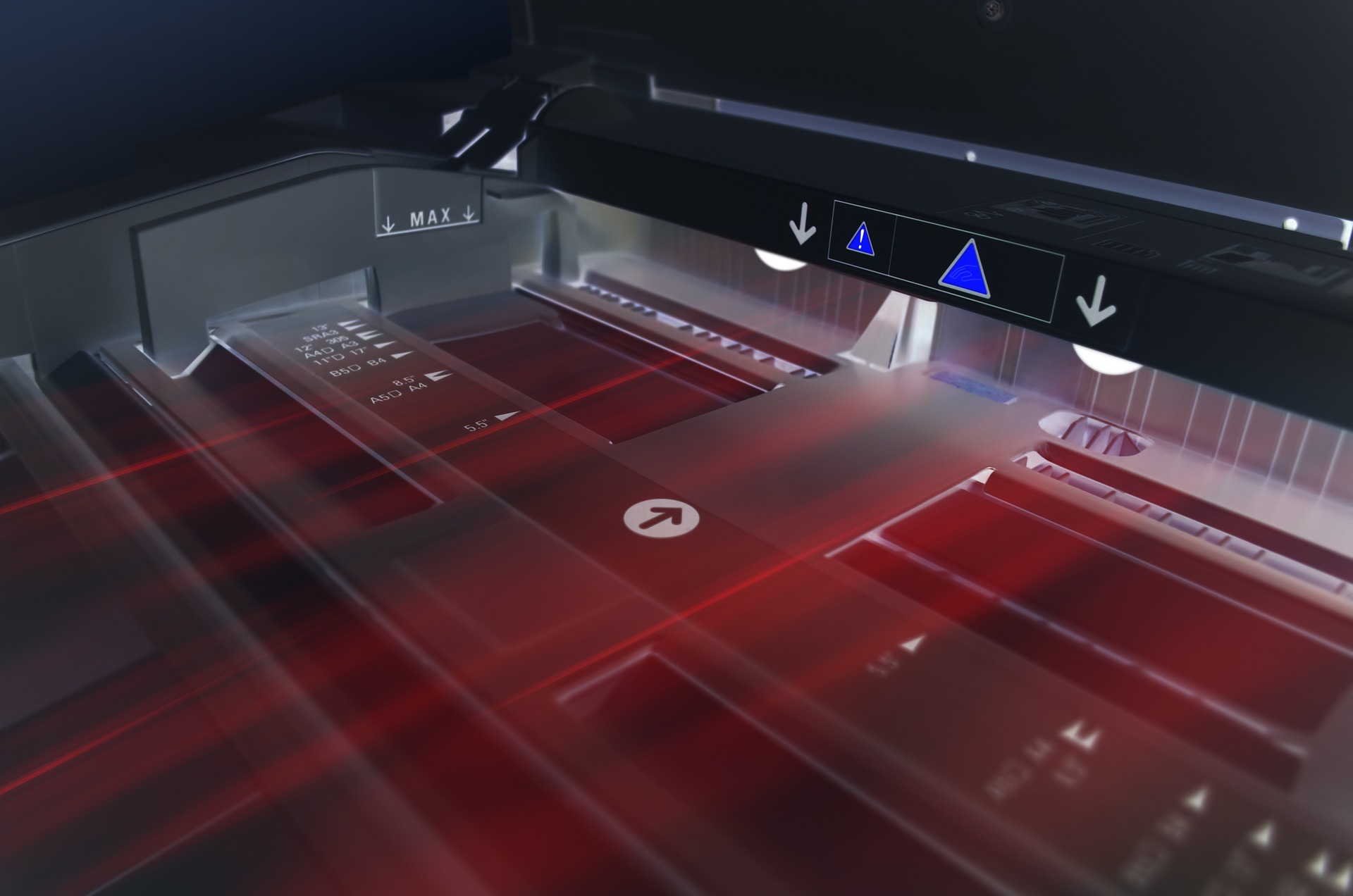Racing Through The Gears: The Intricacies of Dual-Clutch Transmissions
The first patent for a dual-clutch transmission (DCT) was filed in the early 1930s by a Frenchman named Adolphe Kégresse. However, it was not until the late 1980s when Porsche used this technology in their 956 and 962 Le Mans race cars. The technology then trickled down to road cars, with Volkswagen being the first to offer a DCT in a mass-produced vehicle in 2003.
Unraveling the Complexities: How Dual-Clutch Transmissions Work
A DCT essentially houses two separate gearboxes within one casing, each with its own clutch. One gearbox handles the odd-numbered gears, and the other manages the even-numbered gears. This dual setup allows for faster, smoother gear changes, as the next gear is always “pre-selected” in anticipation of the shift. This design results in almost seamless power delivery and improves fuel efficiency compared to traditional automatic transmissions.
The Current Landscape: Dual-Clutch Transmissions Today
Today, DCTs are becoming increasingly common in a variety of vehicles, from everyday hatchbacks to luxury sports cars. The main draw is the improved driving dynamics they offer - the quick, smooth shifts lend a sporty feel that is attractive to many drivers. However, they are not without their challenges. The complex nature of DCTs makes them expensive to manufacture and repair, and some drivers find the driving experience less engaging than a traditional manual transmission.
The Impact of Dual-Clutch Transmissions: Benefits and Challenges
The benefits of DCTs are clear: faster gear changes, improved fuel efficiency, and a sportier driving experience. However, the technology is not without its challenges. The complex mechanical design can lead to reliability issues, and the cost of repairs can be significantly higher than for traditional automatic transmissions. Furthermore, the driving experience may be less engaging for those who enjoy the tactile feel of shifting gears manually.
Looking Ahead: The Future of Dual-Clutch Transmissions
The future of DCTs in the automotive industry is somewhat uncertain. On one hand, advances in technology and manufacturing processes may make DCTs more reliable and less expensive in the future. On the other hand, the rise of electric vehicles, which do not require multi-speed transmissions, could limit the growth of DCTs. Only time will tell what the future holds for this intriguing technology.
In conclusion, dual-clutch transmissions offer a unique blend of performance and fuel efficiency that is increasingly being adopted in modern vehicles. Despite the challenges, the technology continues to evolve and adapt, demonstrating its resilience in the ever-changing automotive landscape.






